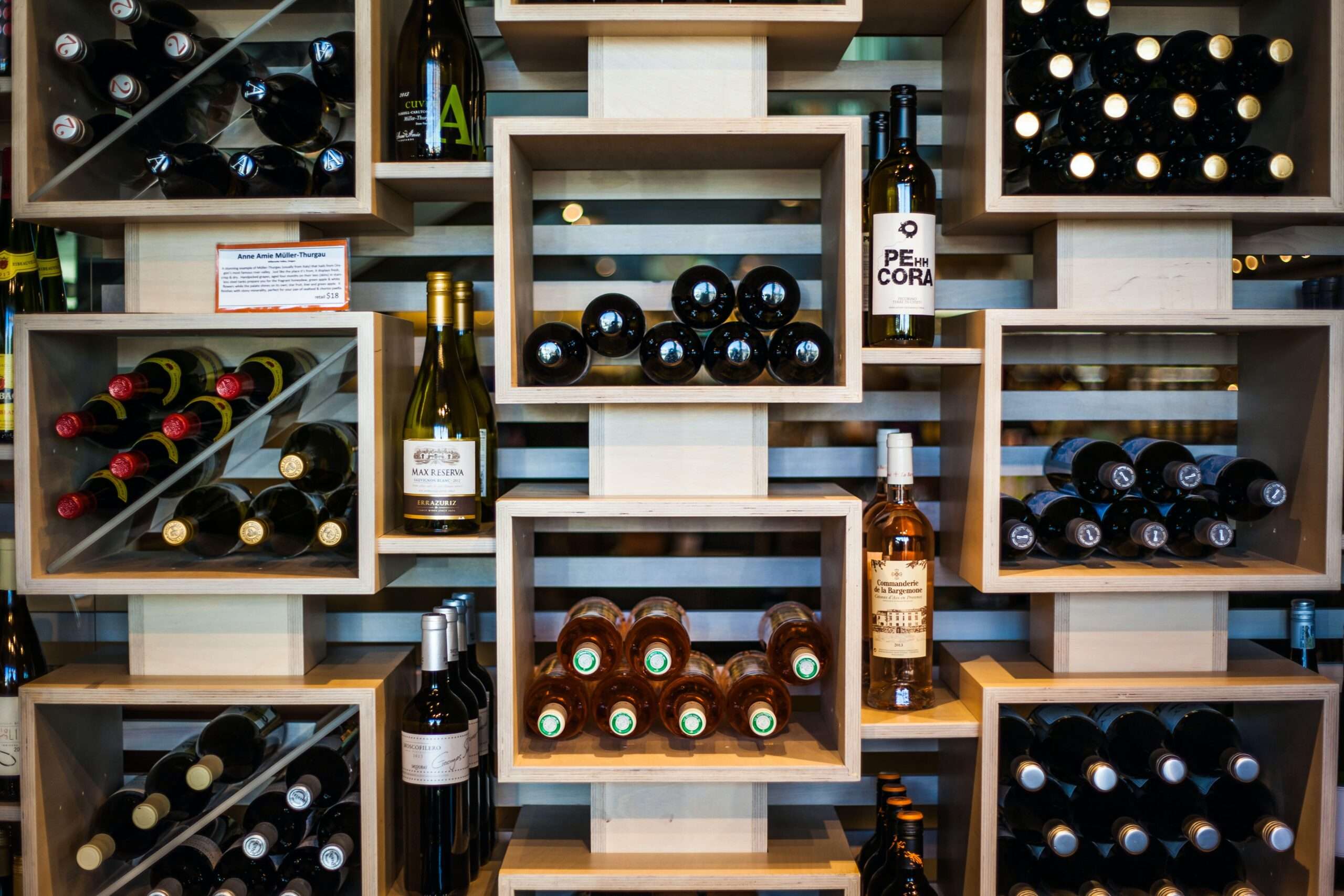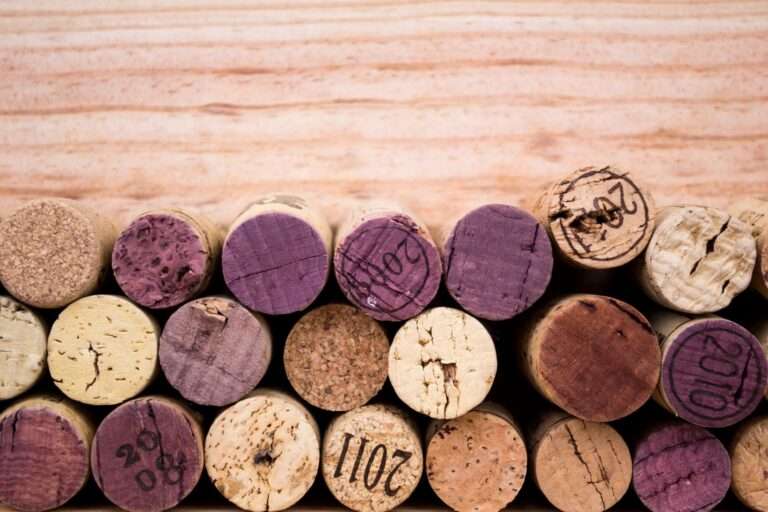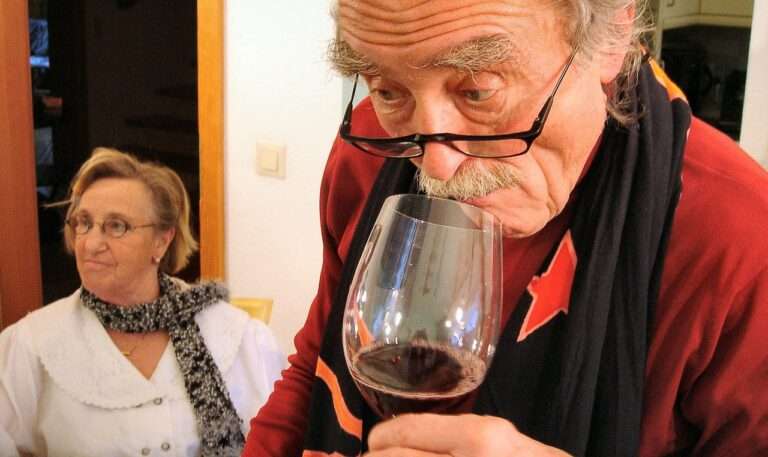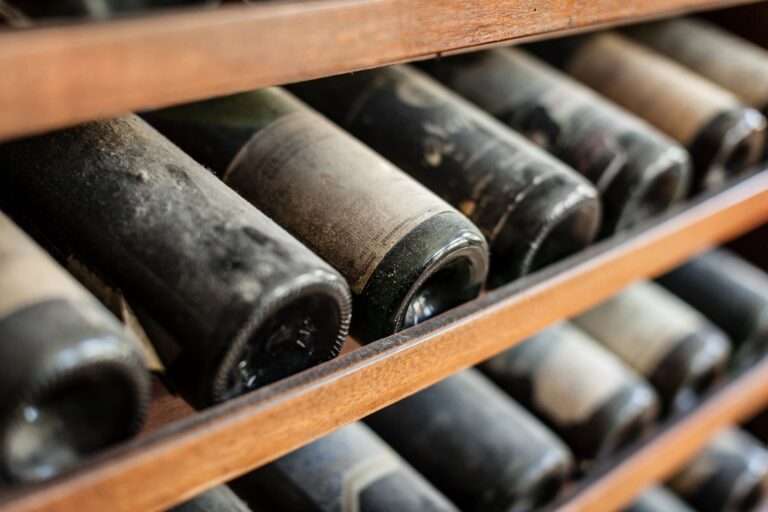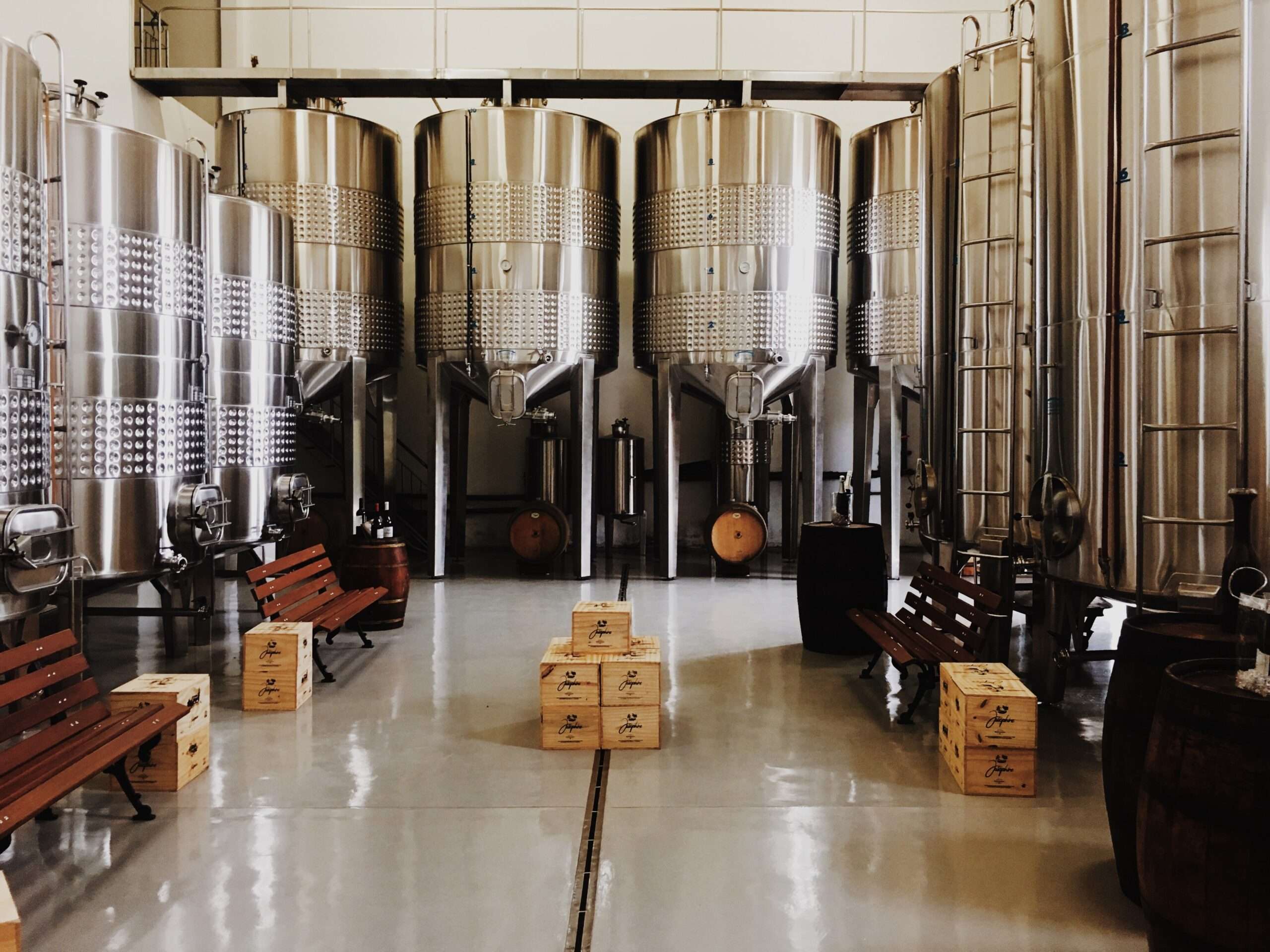Cost is a crucial consideration for wine buyers from the connoisseur to the average consumer. The primary factors determining wine prices are the quality of the wine and where you buy the wine. So, what are the average costs one can expect to pay for different quality wines?
Average wine costs are primarily determined by the quality of the wine and the source that it is purchased from. Wine quality is based on the grapes and wine-making methods used, and the region of origin. Direct purchasing from vineyards and online retailers typically offers the best value for money.
It is often challenging for wine consumers to navigate the wine market and its wildly differing price points. To avoid disappointment and unnecessary expenditure, it helps to have a basic understanding of how wines are priced, and what the general costs of different kinds of wine are.
What Are The Average Prices For Different Kinds of Wine?
Wine prices vary considerably depending on the quality of the wine and where you buy it.
The price of wine usually provides a general indication of its potential quality. However, price is not always a reliable mark of quality. With some basic knowledge, time, and effort, it’s possible to find high-quality wines at low price points.
Wine prices also differ fundamentally depending on where the wine is purchased. The further you are in the supply chain from the wine producers (or importers), the more you can expect to pay for wine, particularly higher-quality wine. Buying directly from vineyards and specialist online wine retailers is typically the most cost-effective option.
What Is The Relation Between Wine Prices And Quality?
The question of wine quality and its relation to price is complex. Part of this complexity is due to the strong connection between price and subjective perceptions of quality. In most instances, the price gives a rough indication of the potential quality of wine rather than conclusive proof of its actual quality.
Nonetheless, there are objective criteria for assessing the quality of different wines, which ensures a broad correlation between price and quality in the wine market.
The criteria for assessing wine quality and pricing include (but are not limited to) the following variables:
- the region of production,
- the production methodology.
What Does Wine Cost At Retailers VS Vineyard Cellars
Where you choose to buy wine has a considerable influence on the price of the wine. The cost of wine gets marked up as the wine moves up the supply chain. In the US, wine gets taxed three times as it moves up the supply chain from producers to distributors and retailers.
As a result, it’s usually easier to get high-quality wines for lower prices when purchasing wine directly from vineyards and specialist online wine stores. Grocery stores and big food retailers tend to offer wider selections of wine, but the prices have a higher mark-up.
While grocery stores and big retailers offer low-priced wines, the quality of these wines tends to be on the lower end of the spectrum. These retailers also sell premium quality wines, though often at higher prices than those offered by wineries and specialist online stores.
What Can You Expect To Pay For Different Quality Wines?
We can segment the wine market into different price categories based on the wine type and quality. These price categories provide the wine industry and consumers with a helpful framework to guide them when purchasing wines.
For example, the Academy of Wine Business (AWB) offers a market segmentation framework or model that divides wine pricing into three main categories and nine sub-categories. This model ranges from bulk, low-quality wines to premium wines, all the way to super-luxury and icon wines that cost hundreds or thousands of dollars.
These wine pricing categories provide a reliable way of knowing the average prices you can expect to pay for different quality wines.
How Does The Quality Of Wine Affect Its Price?
The relationship between the quality of a wine and its price is complicated. Consequently, price is not always an accurate reflection of quality. Price does, however, provide a rough indication of the potential quality of a particular wine.
The intrinsic characteristics of a particular wine usually (but not always) determine the price of the wine, and whether the level of quality that consumers ascribe to it.
How Does Pricing Influence Our Perceptions Of Wine Quality?
There is a powerful element of subjectivity in our assessment of wine and its quality (or lack thereof). Here it is useful to think of the distinction between the perceived or ascribed quality of specific wines and their intrinsic quality.
Pricing is one of the principal factors influencing our subjective perceptions of the quality of different wines. Wine consumers tend to associate price with quality when buying and drinking wines. This association influences how consumers perceive and experience the intrinsic characteristics of those wines.
Academic researchers who study consumer behavior in the wine market call this association between price and quality the Marketing Placebo Effect. It is worth being aware of this phenomenon when purchasing wines to avoid paying more than a bottle of wine is worth.
While the marketing placebo effect has a powerful influence on our perceptions of a wine’s quality, this effect has limits. The objective, intrinsic quality of a particular bottle of wine always plays a role in shaping our perception, experience, and thus our assessment of a wine’s quality.
Despite the strong subjective element involved in assessing wine quality, there are objective criteria that consumers can use to make sound judgments about a wine’s quality, and whether it is priced fairly. Let’s look at these criteria in greater detail.
How Do You Tell If A Wine Is Worth The Price?
When purchasing wine, there are several criteria one can use to make a quick assessment of the wine’s quality and whether the price is justifiable. These criteria include:
- place of origin,
- wine-making methodologies.
One can reliably deduce the quality of wine from the region (and vineyard) where it was produced. Wines produced in the most famous wine-making regions of the world are of the highest quality. These wines are made with centuries-old expertise and express the legendary terroir of their local environments.
The undeniable disadvantage of wines from Bordeaux, Burgundy, and Napa Valley is that these wines tend to be priced beyond the budget of the average wine consumer.
Buying wine originating from new and less established wine-producing regions in countries like Brazil and South Africa is more of a gamble as the quality of the wine ranges from very poor to excellent.
However, wines produced in these immature wine-producing regions usually cost less than wine from established viticultural areas. With minimal research and effort, it is possible to find world-class wines from these emerging wine-producing regions.
The way that different wines are produced is another crucial criterion for assessing the quality and price of wine on the market. You can tell a lot about the quality of wine by the time taken to age the wine and the type of containers used to age the wine.
High-quality wines have been allowed to age for six years or more in barrels made of specific types of French oak. In contrast, cheap, low-quality wines are typically aged for no more than 18 months in barrels made from materials like American oak or steel.
Where To Get The Best Value For Money When Buying Wine?
The average prices of wines depend significantly on where to choose to buy wine. As a general rule, grocery stores and mass supermarkets sell wine at a higher overall mark-up than wine sold directly by wineries and specialist online wine stores.
In the US, this pricing difference is due to the three-tier system established at the end of the prohibition era. In this system, wine gets taxed at the three principal stages of the supply chain, namely production, distribution, and retail.
Due to the three-tier system, wine sold at the grocery store or supermarket has been increased at least three times before reaching the consumer. It is advisable to account for these high price mark-ups when assessing the price and potential quality of wines at the grocery store or mass supermarket.
For consumers concerned with finding high-quality wines that are reasonably priced, the best option is to buy wine directly from wineries and online wine stores. Purchasing wine directly at (or close to) its source enables consumers to access excellent wines from specific vineyards at prices favorable to them and the producers.
Many specialist online wine retailers work together with wineries and wine importers to offer premium wines at competitive prices. Wine enthusiasts seeking high-quality, affordably-priced wines are increasingly turning to large online retailers like K&L Wines and Total Wine, and smaller boutique retailers like Vivino.
Depending on your specific preferences and budget, grocery stores and big retailers might offer the best value wines for your money. These outlets also have the advantage of having a quick and convenient purchasing experience. If you’re looking for quality wines, buying direct is probably your best option.
What Are The Average Prices For Different Wines?
Trying to navigate the wine market can be somewhat challenging. The dizzying multitude of wines and wildly divergent price points can confuse even seasoned wine consumers.
Wine pricing segmentation models are invaluable tools for mapping out the wine market and its confusing and complicated price dynamics. The Academy of Wine Business (AWB) has developed a logical and user-friendly pricing segmentation model that links wine prices to quality and consumer demand or desirability.
The AWB wine pricing model was published in 2005 and divides wines into three super-segments and nine segments. This model is depicted in the following table (arranged from lowest to highest value):
| Super-segments | Segments |
| Everyday | Jug Wine (3-liter jugs and 5-liter boxes) Extreme Value Fighting Varietals (low priced wines that indicate the varietal of grapes used to make the wine) |
| Premium | Popular Premium Mid-Premium Ultra Premium |
| Luxury | Luxury Super Luxury Icon |
The award-winning wine writer Madeline Puckette updated the AWB’s model in 2016. Puckette has adapted the model to make it more easily understandable for the average wine consumer, while also adjusting the pricing for inflation. Here is Puckette’s wine pricing segmentation model.
| Market Segment (Wine Quality) | Average Price |
| Extreme Value | $4 or less |
| Value | $4 – $10 |
| Popular Premium | $10 – $15 |
| Premium | $15 – $20 |
| Super Premium | $20 – $30 |
| Ultra Premium | $30 to $50 |
| Luxury | $50 to $100 |
| Super Luxury | $100 to $200 |
| Icon | $200 or more |
The first two segments represent low-quality wines produced in bulk. These wines are often laden with sugar to cover the high acidity levels and lack of aging.
Popular Premium wines offer consumers the first taste of quality. Wines in this segment are made from labeled grape varietals. Popular premium wines also often have subtle but recognizable expressions of typicity, which refers to the tastes that are definitive of specific varietals.
Premium wines have full, complex noses and taste profiles. These wines not only have typicity, but they also express the inklings of terroir. Terroir is the term used to describe the expression of the local soil and climate in the taste of a specific wine and is the hallmark of high-quality wines.
From the Super Premium to the Icon segments, consumers will find wines with increasingly exceptional and nuanced aromas and flavors. These wines also have increasingly strong expressions of typicity and terroir.
The scale of wine production also tends to decrease as one moves into these higher-priced segments, which translates directly into the higher quality of these wines. Wines in the segments from Super Premium to Icon are usually hand-made using grapes sourced from specific vineyards in unique, formally-designated wine-making regions.
Conclusion
The average cost of wine depends on a host of overlapping factors and it is often challenging to find our preferred type and quality of wine at a price that suits our budgets. Having a basic understanding of wine prices is invaluable for making well-informed decisions when purchasing wine.
Wine consumers who are more concerned with price than quality will probably get the best value for money by purchasing wine from grocery stores and mass supermarkets. These retailers generally offer a wide selection of budget-price wines to suit the tightest budgets.
Buying wine directly from wineries and online wine stores may be more advantageous for consumers looking for a suitable balance between the quality and price of the wine they purchase.
With the information and insights provided here, and armed with Puckette’s wine pricing model, you should be on your way to finding the right wines at the right prices.

